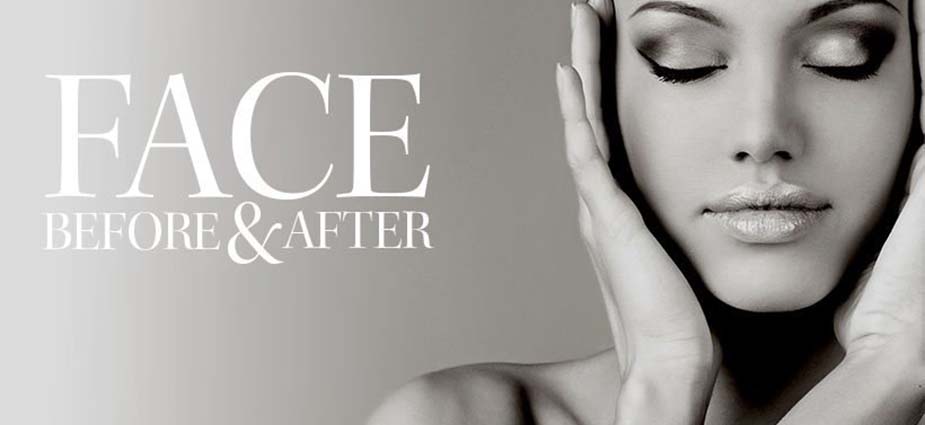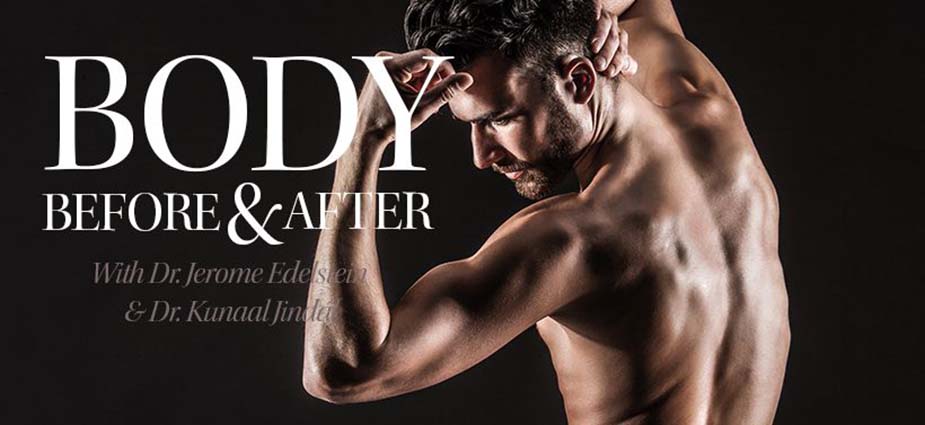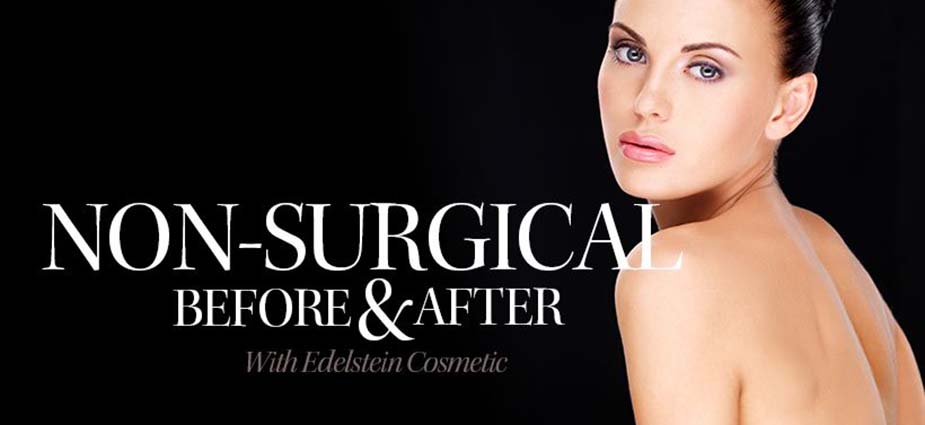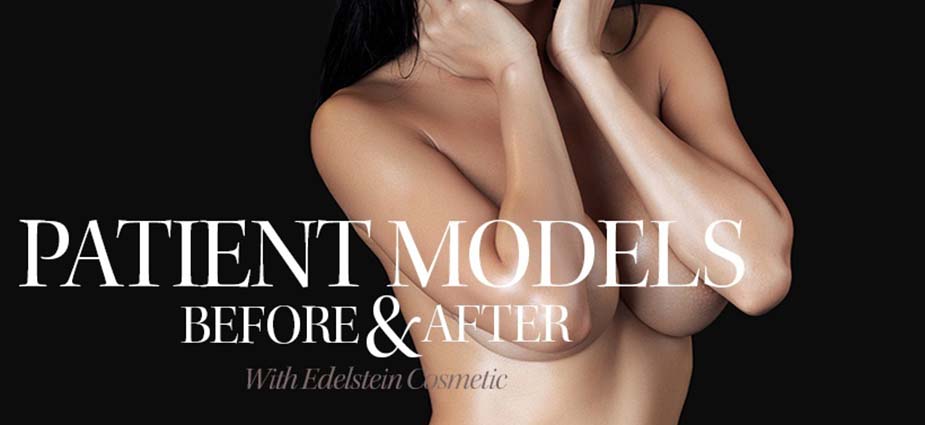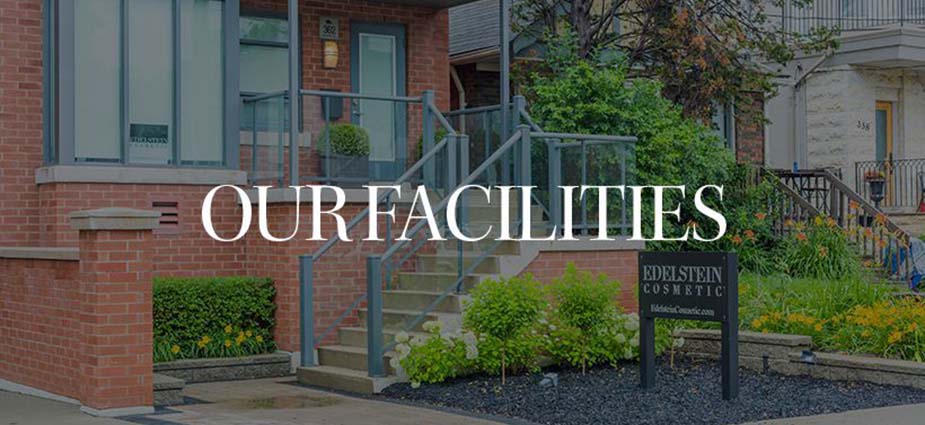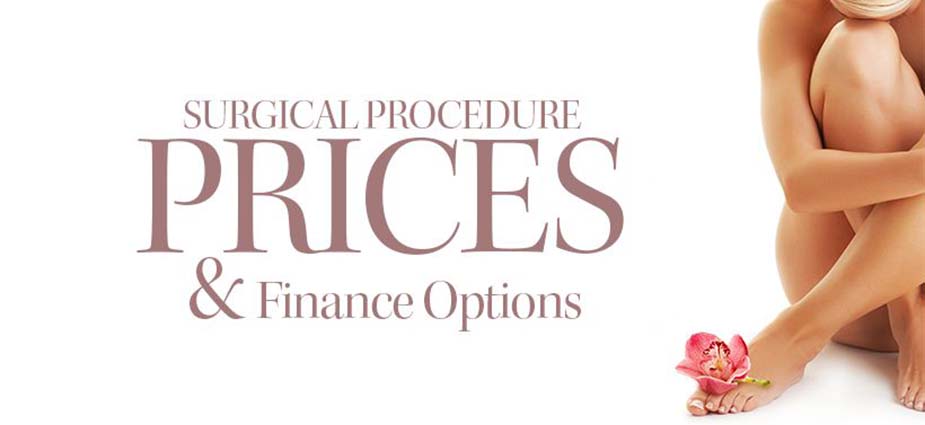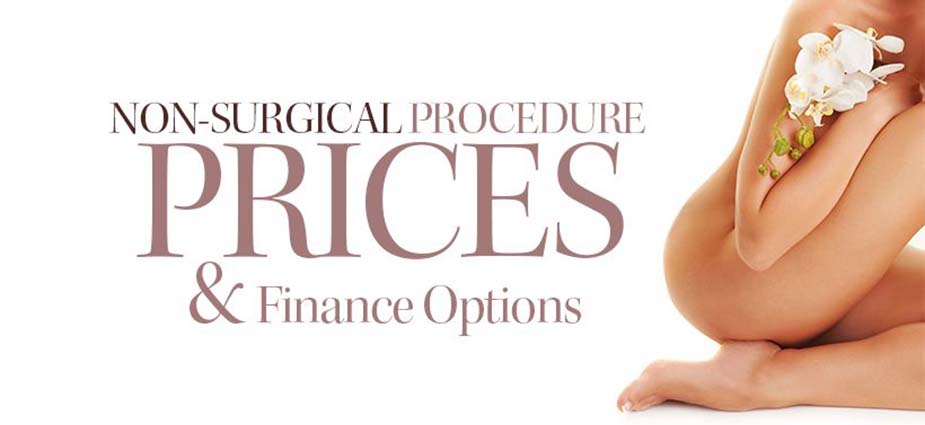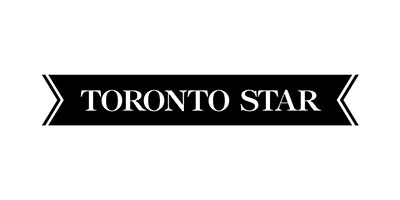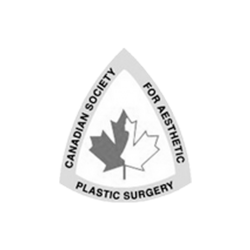If you’re looking to improve upon your chin, then you might already know that you have a couple of options when it comes to corrective measures. While Google and the Internet may have given you some answers, you still may not know the major differences between a chin implant and an osseous genioplasty.
Not only will this article tell you about those major differences, but it will give you pointers as to which procedure will best correct your chin problems. You can then use the information from this article to ask a plastic surgeon questions at your initial consultation.
Chin Implants
Your plastic surgeon will place the chin implant over your bone to bring your chin forward so that your facial features are better balanced. The surgeon will place a small incision about 1/2 inch long under your chin, or inside the gumms of your bottom lip. The advantage of the latter approach to chin implant placement leaves no visible scar. Your plastic surgeon will then insert the implant and place it directly over your bone. Different implant materials, shapes and sizes are available for chin implant augmentation. Make sure your surgeon is familiar with all the options and the advantages and disadvantages of the various materials and techniques of placement.
Chin implants are completely reversible, so if you wish to have it removed at a later date, this can be done.
The Downsides of Chin Implants
In the United States and Canada, chin implants are the most common form of chin augmentation. However, chin implants are not the best option for every patient. If you’re dealing with obvious chin deficiencies as well as vertical chin issues, or soft tissue contour issues such as pre-mature jowls, double chin or a disproportionately full lower face, all of which can result from a weak chin or lower jaw, you’re likely a better candidate for an osseous or “sliding” genioplasty. For those patients who have very recessed chins, in the 10 millimeter range, a qualified plastic surgeon will likely recommend an osseous genioplasty. This is because the larger the chin implant, the more unnatural the appearance tends to be , and the higher the risks of infection and wound healing problems. A qualified Plastic Surgeon, who is trained in craniomaxillofacial surgery, will also recognize if your chin is too long or short vertically. A chin may still be recessed but long in its height. Placing an implant on such a chin could have a poor cosmetic outcome, making the chin appear far too large and unnatural. An osseous genioplasty is your best option if your chin needs to be lengthened or shortened. It is critical that your plastic surgeon is qualified, trained and experienced enough to recognize these details and features to ensure you choose the right chin surgical procedure for your particular situation.
Osseous Genioplasty
Even though both genioplasties and chin implants are effective low risk surgeries that take about the same time to perform, there are significant benefits to undergoing the osseous genioplasty. In a sliding or osseous genioplasty, the patient’s chin bone is cut and slid forward, up, or down , (or side to side if there is an asymmetry), to position the chin in the ideal position, which is determined with pre-operative x-rays and very precise measurements. There is still bone to bone contact in the new chin position, and that position is secured by a very small titanium plate. In approximately 4-6 weeks the cut in the chin bone heals and the chin becomes one complete bone again with a new more proportionate shape and position, bringing with it all the muscles fat and skin and thus tightening these soft tissues which, when loose can show signs of aging, even in younger patients.
Silicone, or silastic chin implants, can shift position and sometimes cause the underlying bone to change shape. This can result in post-operative asymmetry. With genioplasties, this won’t happen because the bone heals as a solid single bone. Some implants are made of hard synthetic material, and these can be secured to the underlying bone with titanium screws. Ask your surgeon about this option as well. Once again, a plastic surgeon who specializes in facial bone surgery will be familiar with all of the advantages and disadvantages of each of the available chin procedures.
Both a genioplasty and a chin implant surgery can be performed through an incision through the mouth. In the case of silastic implants, this method can expose the patient to a greater risk of infection. Incisions through the chin makes infection a less likely occurrence if silicone or silastic implants are being used. When a hard synthetic material such as porous polyethylene is used, and secured to the underlying bone, the risk of infection with an incision in the mouth is very low, and infection following a sliding genioplasty, which is always done through a mouth incision, is extremely rare. Once again, a plastic surgeon who specializes in facial bone surgery will be familiar with all of the advantages and disadvantages of each of the methods of chin augmentation or genioplasty.
Your plastic surgeon will tell you whether an osseous genioplasty or a chin implant surgery will get you better results. At the initial consultation, they will alert you to the risks and benefits of each procedure, as well as the recovery process, costs and preparation needed for each surgery.





